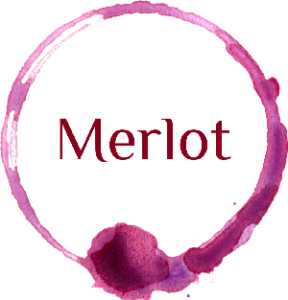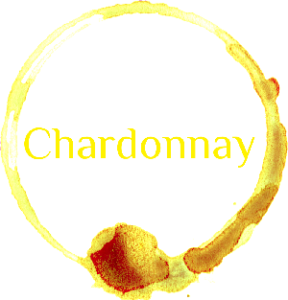The Southern Fleurieu wine region is located in South Australia, about an hour’s drive south of Adelaide and home to the region’s largest town of Victor Harbor. It is a cool climate region that is influenced by the nearby ocean and is known for producing high-quality wines, particularly Shiraz, Cabernet Sauvignon, and Chardonnay.
The region forms part of the Fleurieu wine zone in South Australia, alongside Mclaren Vale, Langhorne Creek, Kangaroo Island and Currency Creek.
The Southern Fleurieu wine region has a rich history of winemaking that dates back to the mid-19th century. Viticulture began with the arrival of Buxton Laurie in the 1860s, but by the 1890s, his 180-hectare vineyard was destroyed by bushfires. Whilst other vineyards escaped, by the turn of the century, all activity stopped in the area. It wasn’t until the 1970s and 1980s that there was a renewed interest in Australian wine, both domestically and internationally, which led to increased investment in the region’s vineyards and wineries.
During this time, many new wineries were established, and existing wineries expanded their operations. There was also a shift towards producing high-quality, premium wines rather than focusing on mass-produced, low-cost wines.
In the 1990s and early 2000s, there was a growing interest in sustainable and organic farming practices, and many wineries in the Southern Fleurieu region began adopting these methods. The region’s winemakers also began experimenting with new grape varieties and winemaking techniques, resulting in a diverse range of wines that reflect the unique terroir of the region.
The climate is Mediterranean and very strongly influenced by the vast expanses of water surrounding the region. Temperatures are one to two degrees warmer than Adelaide in winter but three to five degrees cooler in summer.
Today, the Southern Fleurieu wine region is home to numerous wineries, ranging from small family-owned operations to large commercial wineries. In addition to producing high-quality wines, the region has also become a popular tourist destination, with many visitors coming to explore the vineyards, sample local wines, and enjoy the region’s natural beauty and rich cultural heritage.
Top Stats
Harvest
Mid Feb to Apr
Mean Jan temperature
19.6°C
Area of Vine
476 hectares
Altitude
0 – 442m
Growing season rainfall
235mm
Principal Varietals
Overall, 75% of varieties produced in the region are red, with Shiraz, Cabernet Sauvignon and Merlot leading the charge and Semillon, Chardonnay and Sauvignon Blanc accounting for the largest portion of white varietals.
In the warmer years, the regional Cabernet Sauvignon has a mix of gently herbaceous and tobacco characters, with sweeter red and blackberry flavours. The tannins are fine and supple, and the wine is medium-bodied. The Merlot is sometimes made as a single varietal and, at other times, blended with Cabernet Sauvignon. The variety appears particularly well suited to the climate and soil of the Peninsula, producing wines of vibrant varietal character. The flavours run through a spectrum of leaf, mint and red berries.
Notable Varietals
As well as the key varietals, there are several other grape varieties that are also grown in Southern Fleurieu. The regional Grenache is known for producing wines with a bright, fruity character and soft tannins. Mataro, also known as Mourvedre, is well-suited to the region’s Mediterranean-like climate. It produces wines with rich, spicy flavours and firm tannins and is often blended with Shiraz and Grenache.
Tempranillo is also found in the region and produces wines with a bold, fruity character and firm tannins. In Southern Fleurieu, Tempranillo is often blended with Shiraz or Grenache to create complex and flavorful wines.
Sauvignon Blanc is known for its crisp acidity and bright, fruity flavours. Here it is often blended with Semillon to create wines with a more complex flavour profile. Lastly, the local Pinot Gris is known for producing wines with a rich, full-bodied texture and flavors of ripe fruit and spice. In the Southern Fleurieu region, Pinot Gris is often fermented in oak barrels to add complexity and depth to the wine.
Source www.wineaustralia.com








